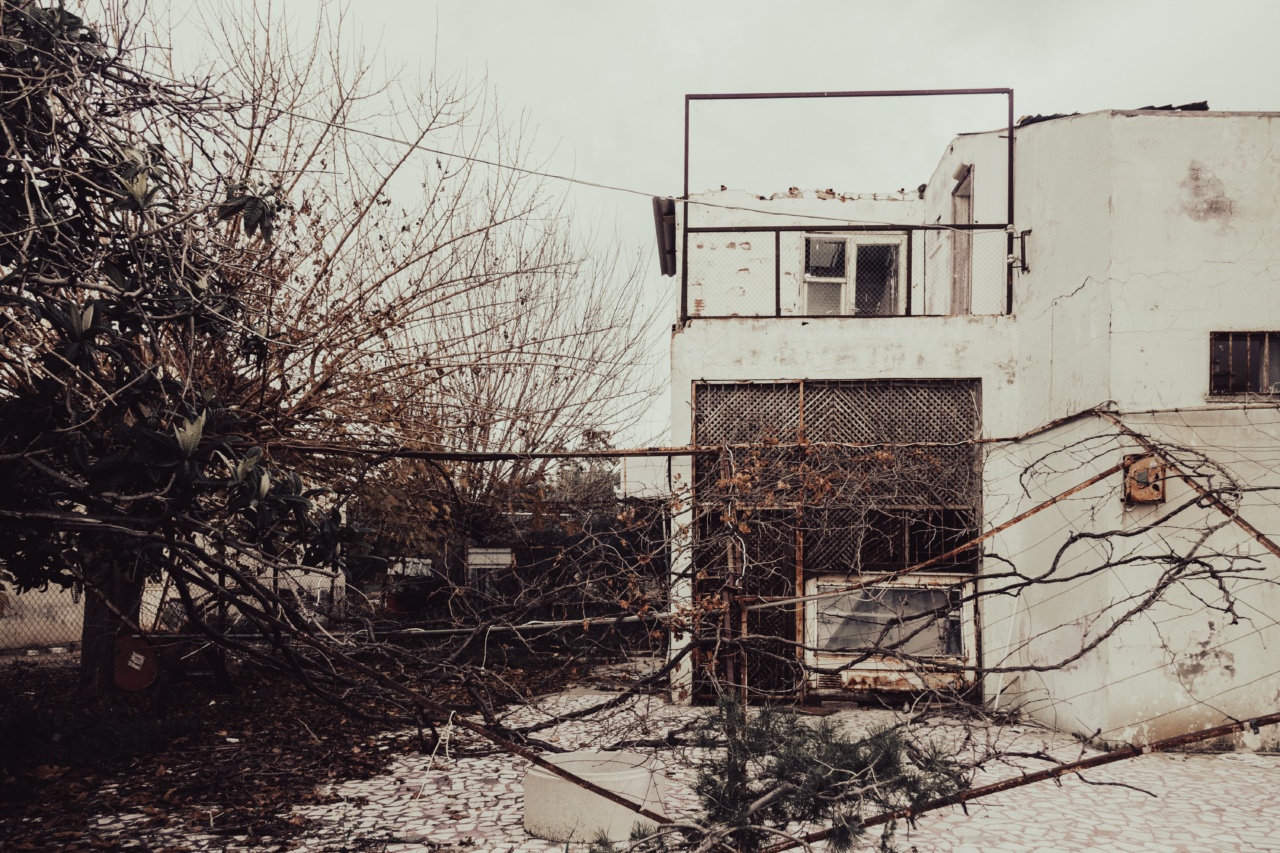In the 1980s, Romania was under the dictatorial rule of Nicolae Ceausescu, who had a vision of creating a strong and prosperous Romania.
One of his major policies was to increase the population, and to achieve this goal he banned abortion and contraception. Consequently, many unwanted children were born, and their parents were often too poor to provide for them.
In response to this crisis, the Romanian government opened orphanages to care for these children, and some of the worst abuses in the history of child welfare took place. This article will explore the tragic history of Ceausescu’s orphans, who were left abandoned and neglected by the state.
The Origins of Romania’s Orphan Crisis
Before Ceausescu’s rule, Romania already had a high orphan population, but it was due to the high mortality rate among infants. Ceausescu’s policies, however, led to a different kind of orphan crisis.
In 1966, he issued Decree 770, which made abortion illegal except in cases where the mother’s life was in danger. The government also heavily promoted the idea of women bearing many children as a patriotic duty. The results were disastrous. Many unwanted, neglected, and abused children were born, and their mothers had no choice but to abandon them.
The number of abandoned children skyrocketed, and by the 1980s, there were thousands of children living in squalor on the streets of Romania.
The Orphanage System
In response to the crisis, the Romanian government opened orphanages to care for these children.
However, instead of being places of refuge, these institutions became human warehouses, where children were kept in inhumane conditions, ignored, and often left to die. Although some were well-intentioned, the sheer magnitude of the problem meant that most institutions were understaffed, underfunded, and overcrowded.
Moreover, there were many reports of abuse and neglect by staff, and the children were often treated as sources of cheap labor. Many of the infants suffered from malnutrition, dirty conditions, and lack of medical care.
The Legacy of Ceausescu’s Orphans
The institutionalization of children is a harmful practice. Many studies have shown that institutionalization can lead to delayed social, emotional, and cognitive development, attachment disorders, and other long-lasting effects.
Unfortunately, many of Ceausescu’s orphans suffered from these negative effects. Many of them were not adopted, and instead, they grew up in the orphanages until they were eighteen years old. When they left the institutions, they had no family, no skills, and no support.
Many ended up living on the streets, struggling with addiction, and mental health problems. Others turned to crime or prostitution to survive. Some committed suicide.
International Attention
The situation in Romania’s orphanages came to the attention of the international community in the 1990s, particularly after the fall of Ceausescu’s regime in 1989.
Foreign journalists and relief workers were shocked by what they saw, and many organizations started to provide aid to the orphanages. The Romanian authorities also started to reform the child welfare system, closing down some of the worst institutions and reuniting children with their families where possible.
The government also started to encourage domestic and international adoption, and nowadays, Romania has one of the highest adoption rates in Europe.
The Challenges of Adoption
While adoption can provide a positive outcome for many children, it also poses challenges.
The children who grow up in institutions often suffer from attachment issues and other psychological problems, which can make it difficult for them to bond with their new families. Likewise, the adoptive parents may face numerous challenges, such as language barriers, cultural differences, and the need for special education and medical care.
Additionally, adoption can be costly, and many adoptive parents are discouraged by the bureaucracy and paperwork involved.
The Importance of Preventative Measures
Preventing child abandonment and promoting family preservation should be the main priority of child welfare policies.
This can include encouraging contraception and family planning, providing financial assistance and counseling to struggling families, and creating strong social safety nets to protect vulnerable populations. Moreover, the government should work to reform the child welfare system and to ensure that children are not placed in institutions unnecessarily. Instead, they should be placed in foster care or with relatives as much as possible.
The Lessons of Ceausescu’s Orphans
The story of Ceausescu’s orphans is a tragic one, but it also holds important lessons for policymakers and child welfare advocates worldwide. It shows the terrible consequences of state policies that prioritize ideology over human rights.
It demonstrates the importance of preventing child abandonment and promoting family preservation. It also highlights the need for strong international cooperation and coordination to address child welfare issues. Finally, it emphasizes the need to put the rights and well-being of vulnerable children at the forefront of child welfare policies.
Conclusion
The story of Ceausescu’s orphans is a sobering reminder of the damage that can be caused by misguided policies and neglectful institutions.
However, it is also a story of resilience and hope, as many of the children who survived the horrors of the orphanages have gone on to lead successful and fulfilling lives.
The legacy of Ceausescu’s orphans is a call to action for policymakers to prioritize the well-being of vulnerable children, to promote family preservation, and to ensure that all children have access to a safe, loving, and nurturing environment.






























